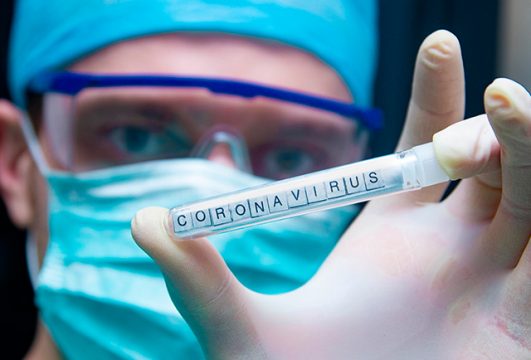The Sputnik V vaccine was developed by Gamaleya NRCEM. Similarly to the Oxford-AstraZeneca vaccine, it is based on a viral vector, and its findings were published in Lancet.

The Russian vaccine comprises two different adenoviruses in the first and the second dose, making it more effective and generating an extended immune response.
Both vectors carry the gene for the full-length SARS-CoV-2 (spike) S glycoprotein. Sputnik V’s bigger competitors (Moderna and Pfizer-BioNTech) are based on modified RNA, which is nanotechnologically inserted into liposomes. Featuring slight differences regarding the vector, all the aforementioned vaccines have genetic information that encodes the virus’ surface protein.
There is another group of more traditional vaccines containing the inactivated virus, such as Chinese vaccines SinoVac and Sinophram, of which further information is still expected. Both offer advantages regarding cost, logistics, and production capacity; however, their level of efficacy is still unknown.
All participants in the Sputnik V trial were over the age of 18, and exclusion criteria were stricter than in Pfizer‘s trial protocol. The exclusion criteria considered both traditional criteria related to immune suppression and also a history of acute coronary syndrome or stroke in the year before enrollment, HIV, hepatitis B or C, and drug and alcohol consumption, among others.
Read also: Safety and Efficacy of the Pfizer-BioNTech Vaccine Against COVID-19.
Moreover, participants had to have negative anti-SARS-CoV-2 IgM and IgG antibody and SARS-CoV-2 PCR tests before enrollment. Participants were randomized 3:1 (in other protocols, randomization was 1:1) to receive the vaccine or a placebo, with stratification by age group. The trial was blind.
The first dose (rAd26) was administered (0.5 ml) intramuscularly. The second dose, containing a different vector (rAd5), was administered 21 days after. Both adenoviral vectors contained the SARS-CoV-2 S glycoprotein genome.
The primary endpoint was the proportion of participants with COVID-19 confirmed by laboratory tests 21 days after the first dose. Nevertheless, the protocol did not consider in its analysis the efficacy of the vaccine in participants who had not received both doses.
Regarding the safety of the vaccine, receiving just one dose was enough criterion to be included in the analysis.
Read also: Efficacy of the Moderna COVID-19 Vaccine.
A total of 21,977 subjects were randomized to receive the vaccine (n=16,501) or a placebo (n=5476). A total of 19,866 participants received both doses and were thus considered in the analysis of the primary efficacy endpoint.
At the time of receiving the second dose (21 days after the first one), 16 participants were confirmed as infected in the vaccine group (n=16,501) and 62, in the placebo group (n=5476), thus resulting in a 91.6% efficacy.
About 94% of all reported events were mild. The rate of serious events was 0.3% and 0.4% in the vaccine and placebo group, respectively—almost identical. An independent committee considered that no serious events were related to the vaccine.
It is difficult to assess the efficacy of the vaccine by age subgroups, since only 10% of the participants were between 18 and 30 years old, and participants over the age of 60 accounted for a similar percentage.
Read also: Efficacy of AstraZeneca’s Vaccine against COVID-19.
The vaccine proved to be 87.6% efficient 14 days after the first dose, when considering only participants who had received both doses. A week after receiving the second dose, efficacy reached 91.1%.
No patient experienced a severe infection in the vaccine group, thus achieving a 100% efficacy in such cases.
The infection curves began to diverge 20 days after the first dose. It is worth mentioning that most of the infected participants in the vaccine group had received both doses.
Conclusion
This interim analysis of the Gam-COVID-Vac phase III trial that aims at assessing the Sputnik V vaccine developed by Gamaleya NRCEM showed that the vaccine had a 91,6% efficacy against COVID-19 and was well tolerated.
Original Title: Safety and efficacy of an rAd26 and rAd5 vector-based heterologous prime-boost COVID-19 vaccine: an interim analysis of a randomised controlled phase 3 trial in Russia.
Reference: Denis Y Logunov et al. Lancet. 2021 Feb 2;S0140-6736(21)00234-8. doi: 10.1016/S0140-6736(21)00234-8.
Subscribe to our weekly newsletter
Get the latest scientific articles on interventional cardiology




